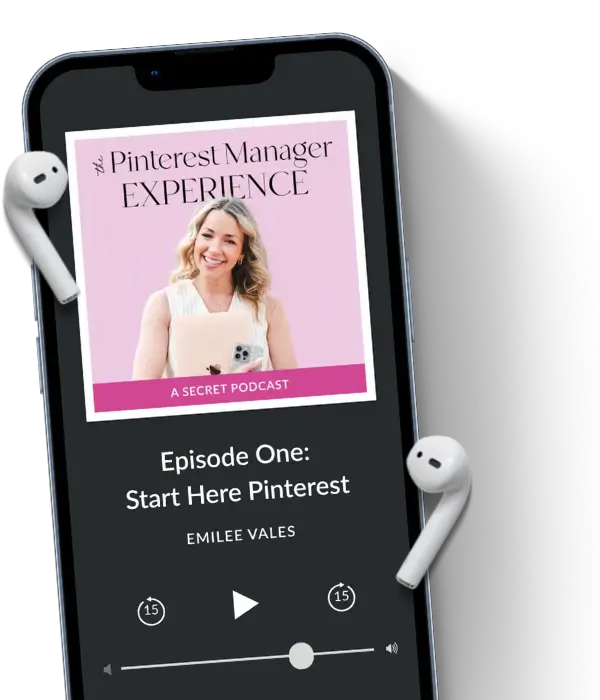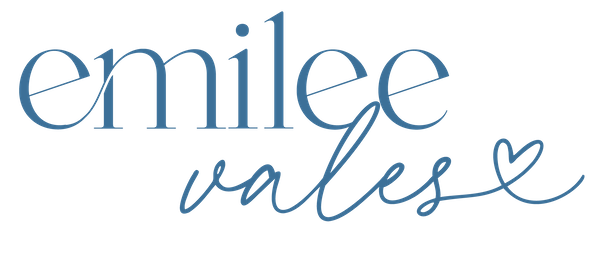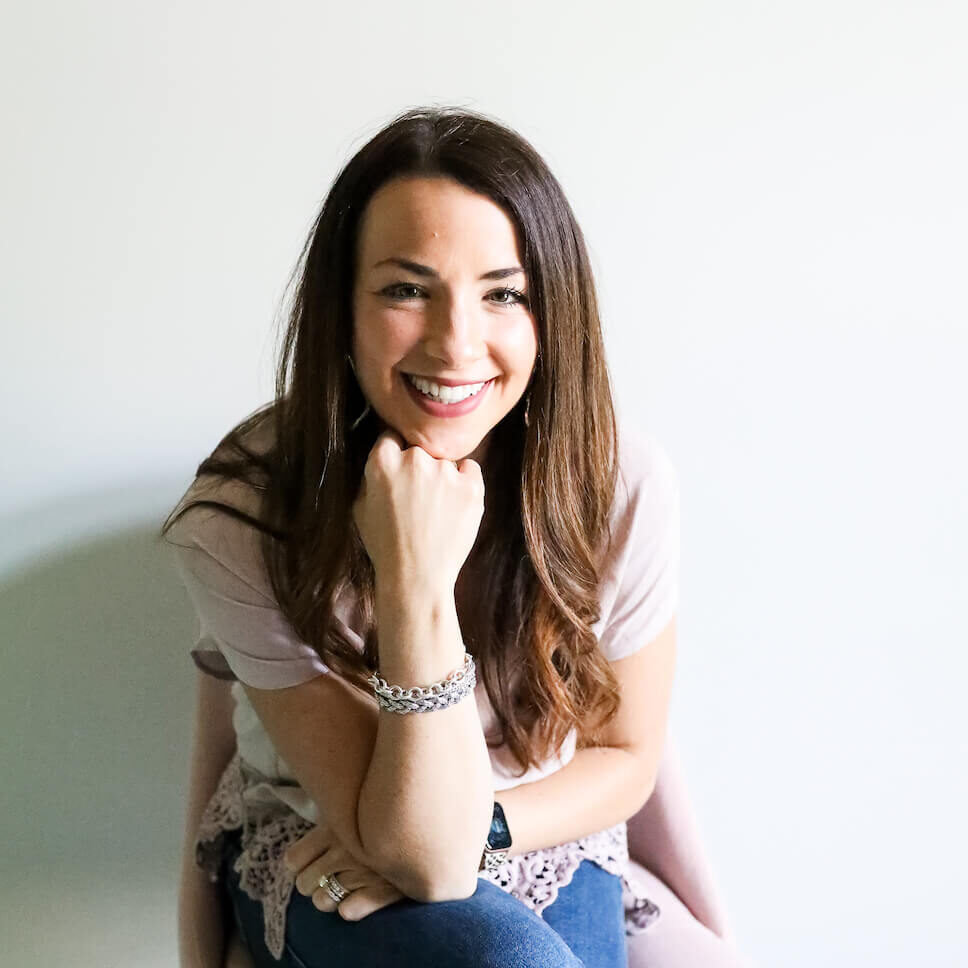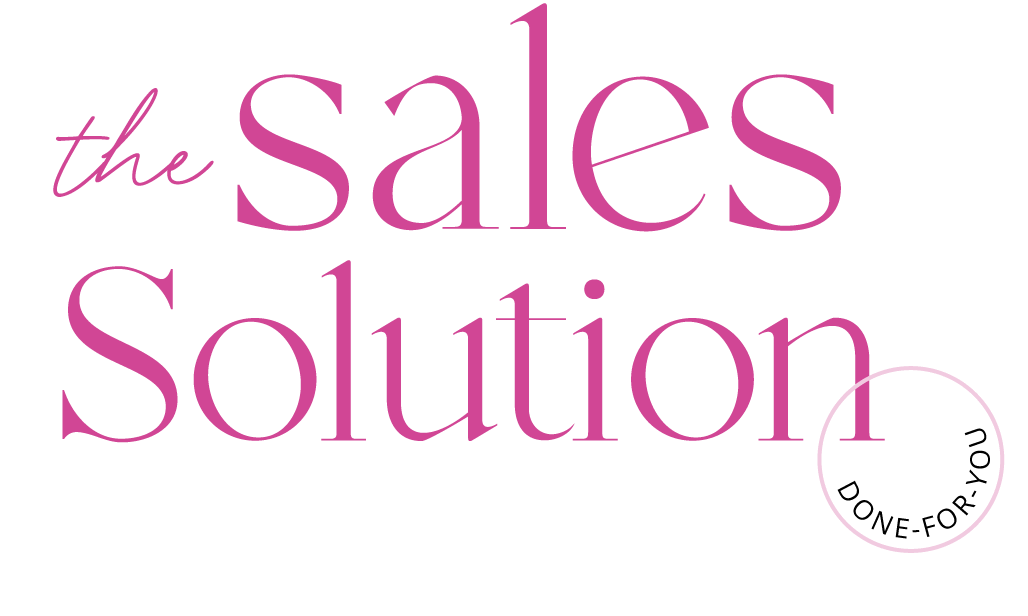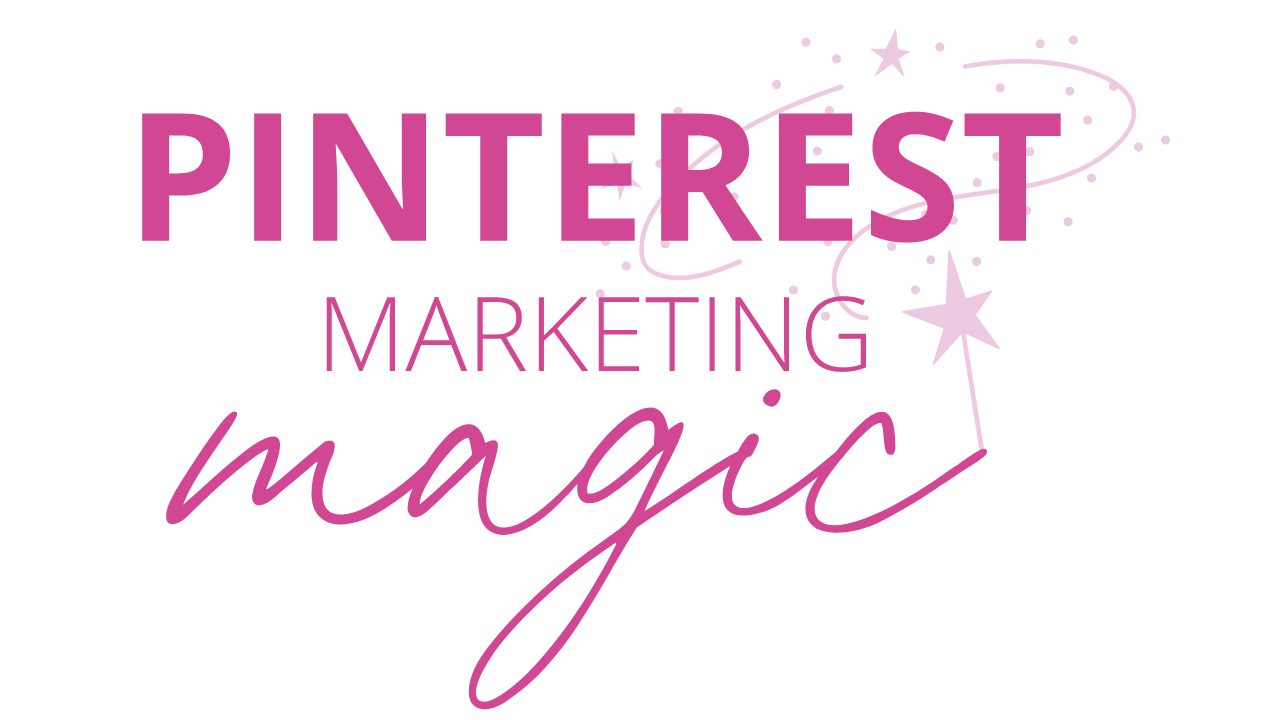If you’ve been around me long, you know I serve educators. Many of my clients are Teachers Pay Teachers (TpT) sellers or course creators, or some even do both! In case you weren’t already aware, education is a super popular niche on Pinterest. That means it’s a competitive place for TpT sellers to market their business and store.
Whether you’re new to Pinterest or you’ve been using it for a while, you might be wondering what you can do to increase your Pinterest traffic.
WARNING: An unpopular opinion is about to be shared!
You need a blog if you’re marketing on Pinterest.
It’s as simple as that.
You need a blog if you’re a TpT seller that’s serious about growing your traffic and your store.
Already have a blog? Great! Don’t tune me out just yet.
If you’re a pretty established TpT seller that’s already on Pinterest and you have a blog, you might still be able to snag a few tips from this post!
So Why Is a Blog so Important?
Glad you asked! I’ll break it down into three of the first reasons that come to mind…
1. Having a blog is an amazing way to nurture your potential customer.
I like to say that Pinterest is a very top-of-funnel platform, which means that people are coming to Pinterest very early in the buying journey.
Your potential customer is gathering ideas, planning, and really looking to be inspired. However, they might be inspired by other pins and content as well, which is why it’s so important to start nurturing once they click on your pin and ultimately to your website.
When people go to your blog, you have this perfect yet fleeting opportunity to help people. You can give them more information and context. This then allows them to make the decision if they want to continue on this journey with you and explore what else your brand has to offer.
2. This brings me to my next point… A blog is a great way to build your email list.
And guess what, email marketing means MORE opportunities to nurture over time and more sales over time. Through this nurturing, you can lead people to the final phase of the sales funnel, which is the decision phase.
If you don’t have a blog, you’re limiting your options as far as where you send your audience!
When my TpT clients haven’t had a blog, oftentimes they also don’t have a podcast or a YouTube channel, which means we’re sending their traffic directly to TpT.
Most people aren’t ready to buy right away (obviously there can always be exceptions to this rule), so to a certain extent, you’re losing the person/lead when they decide not to buy right away.
On the other hand, with a free offer, you can at least capture the email subscriber, which can have much more value over time.
3. My final reason is that you want to be able to regularly pin content that is directed to your claimed domain.
You can only claim a domain if you own it. You don’t own TpT, so you can’t claim that domain.
Pins directed to your claimed domain are actually indexed differently by Pinterest, which also plays a role in their overall performance and distribution.
Okay…whew…let’s take a break here. If you’re thinking, “Emilee I need a 30,000ft overview of what you’re talking about – give me the Pinterest marketing breakdown!” Well, here it is: check out my FREE Pinterest strategy guide. The PERFECT place to start to learn more about the magic possibility of Pinterest!
Alright, let’s jump back in!
Blog content…
If you are going to take the time to regularly post anything on your blog, you need to make it meaty long-form content.
As a Pinterest user, I don’t appreciate when I see a Pin that’s so inspiring and looks like it’s going to tell me exactly what I need to know or do to take the next step, only to find super thin and less than inspiring content on the person’s blog.
In fact, it drives me nuts.
It’s honestly better to only blog once or twice a month and make it high-quality content. No one wants to read a weekly blog post with thin content that barely gives the pinner more context than the pin description!
With any business serious about converting its potential customers, nurturing and long-form content is where it’s at!
You want people to think, “Wow if this is their free content, I wonder how good their paid content is!”.
So what do people share that don’t have a blog? Is it bad to share non-blog content?
Well as a TpT seller, you’re probably sharing your TpT store! There’s nothing wrong with that, and in fact, you can and should be sharing that.
However, I don’t recommend that being what you’re mostly sharing on the platform, and this is coming from personal experience.
I’ve had clients who were in the process of creating their blog, so we were only sending traffic to their TpT store. Now we did share a combination of both free and paid products, and we saw some growth just from pinning consistently.
Unfortunately, the growth was minimal, and it was clear it was not a powerful long-term strategy.
Other options would be sharing your YouTube channel, podcasts, landing pages from your email service provider, or even your Instagram.
My thoughts? This non-blog content can be sprinkled into your strategy, but should not be the main place you’re driving traffic.
When this is your strategy, you’re spending quite a bit of time and energy to drive traffic to borrowed land (remember we don’t own these platforms). And to an extent, you’re sending people from one platform that’s top-of-funnel to another platform where they are still at the top of your funnel.
We should be driving traffic to where they can take the next step with you!
That’s All For Now
So basically, as you can tell, I think having a blog is pretty important!
It actually impacts whether I want to work with a potential client or not because challenging to yield the best results without a blog.
Do lots of people still use Pinterest without one? Yes.
But I really think to see the most growth and increase in your Pinterest traffic, get that blog going!
If you do blog, it’s important to be consistent and show up regularly for your audience. Once again, I believe you’ll see an increase and traffic and growth in the long run.
One last thing, don’t forget to grab my FREE Pinterest strategy guide, the next step to solidifying your Pinterest strategy for profit!
